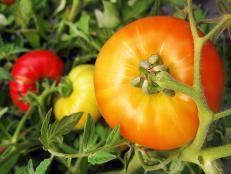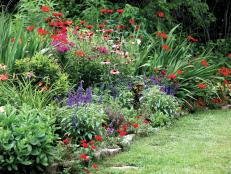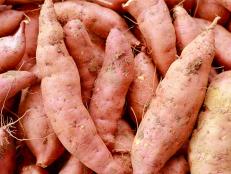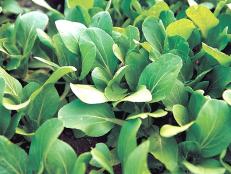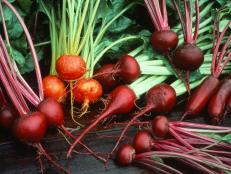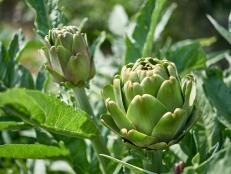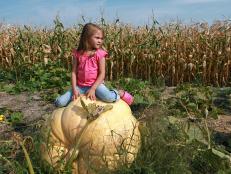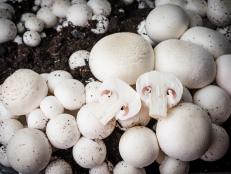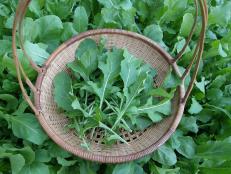Black Eyed Peas Growing Guide

Debbie Wolfe
Black eyed peas are possibly the best known variety of cowpeas. They are heat-loving legumes also known as Southern peas, crowder peas and field peas. The most common variety is white with a small black spot around the seed scar of the mature pea and has a green hull that matures tan. There are myriad other color patterns: hulls in red, purple, silver, streaked, tan, yellow; peas in white, black, tan, calico, red, pink and more. Whether you want to grow the most famous or the most unique, the requirements will be similar.
How to Grow
Originating in subtropical Asia, black eyed peas need long warm summers, 60 to 100 frost free days, to grow to maturity. Plant them directly in the ground well after any chance of frost, when soil temperatures are above 60 degrees. For shorter summer areas, sow indoors at least 100 days prior to the first fall frost date; then plant out when the soil warms.
The sprawling bushes or vines are not suitable for container growing, so a patch of ground will be required in partial to full sun exposure. In heavy soils, create ridges where the seeds will be planted to raise the rows about 6 inches. Plant the seeds 1 inch deep, spaced 2 inches apart within rows; rows should be at least 3 feet apart. When the first leaves appear, thin to 4 inch plant spacing.
Grow black eyed peas on supports such as trellises or tripods. For these fast-growing plants, it is important to place the plant supports as soon as possible after planting. Keeping the sprawling plants off the ground will greatly improve air circulation and pea quality and minimize disease. Plant supports will also help with access to the plants for harvest.
Keep the soil moist to avoid drought stress. Using a soaker hose or drip-system will keep the foliage dry and help avoid foliar diseases. A layer of straw mulch will help retain soil moisture as temperatures get hot. Black eyed peas are not a “hungry” crop, so fertilizer is not needed. In fact, this crop, along with other peas and beans, is a wonderful soil builder for new garden beds or otherwise marginal soil.
How to Harvest
Harvest can begin with young leaves. Tender foliage is a good salad green, or if a bit more mature it can be cooked like spinach. Leaves should be harvested lightly because they give the plant energy for pod production. Between 60-70 days, green pods are useful for fresh eating, like snap beans, when they have just “plumped up.” At this stage the pods are edible, or they can be shelled and the tender young peas eaten like edamame. These young peas can be blanched and frozen for long term storage.
The mature pods can be harvested for dry storage when they have turned brown and dried (the peas will rattle inside the pod), but before they have split open. After shelling, let them dry thoroughly, then store in air-tight containers in a cool, dry location. To shell the peas, simply open the pods lengthwise and push the peas out with your thumb. If you grow lots of them, an electric or hand-crank pea sheller may be a good investment. The emptied hulls are a good addition to the compost pile.







